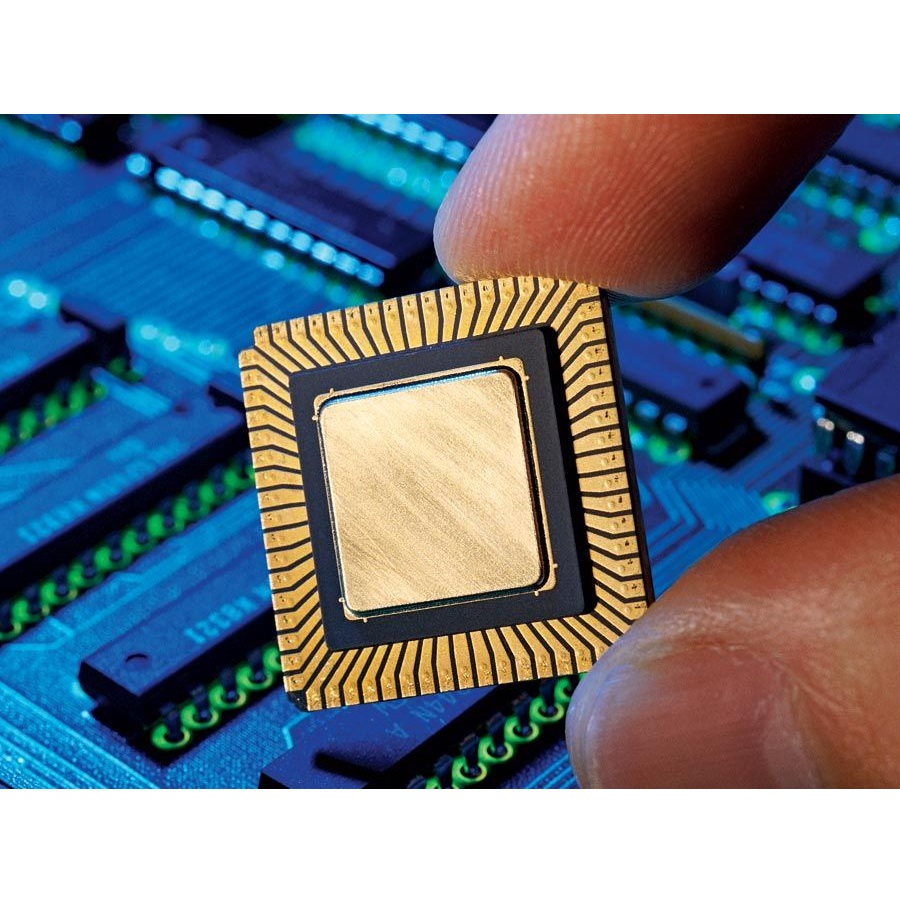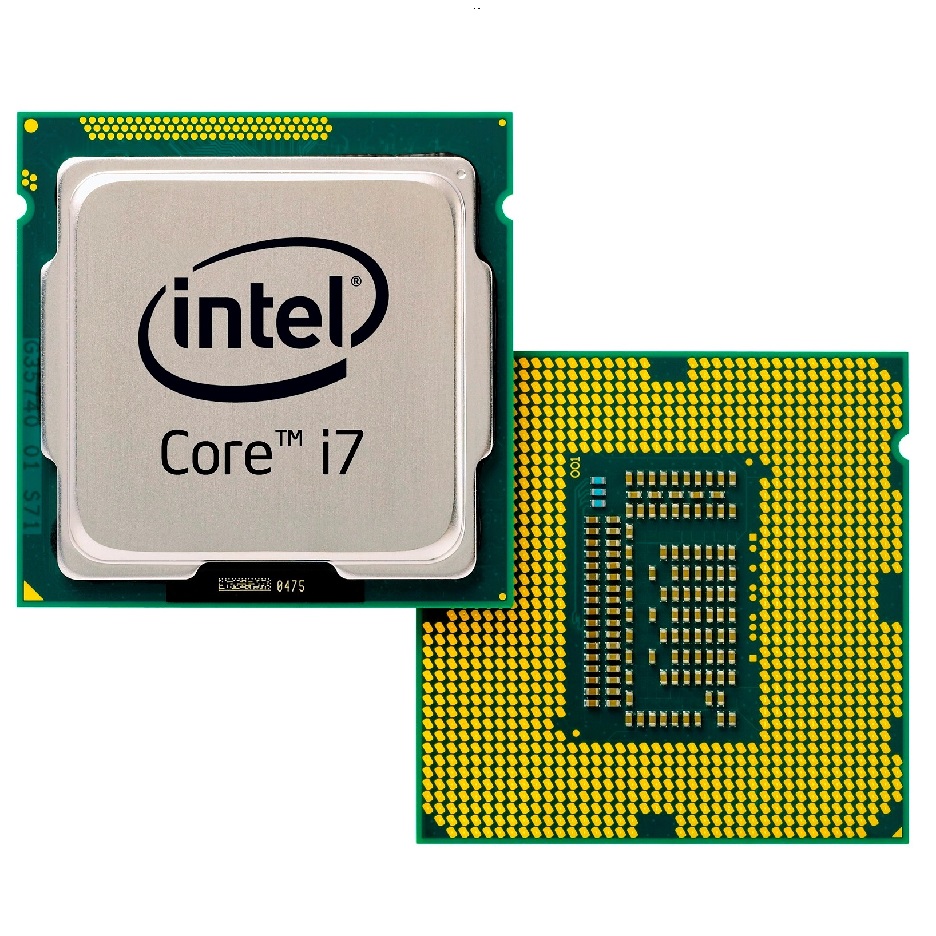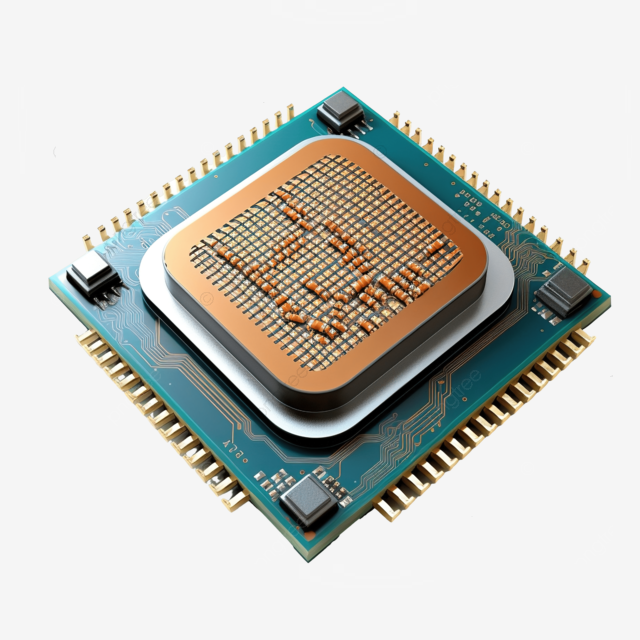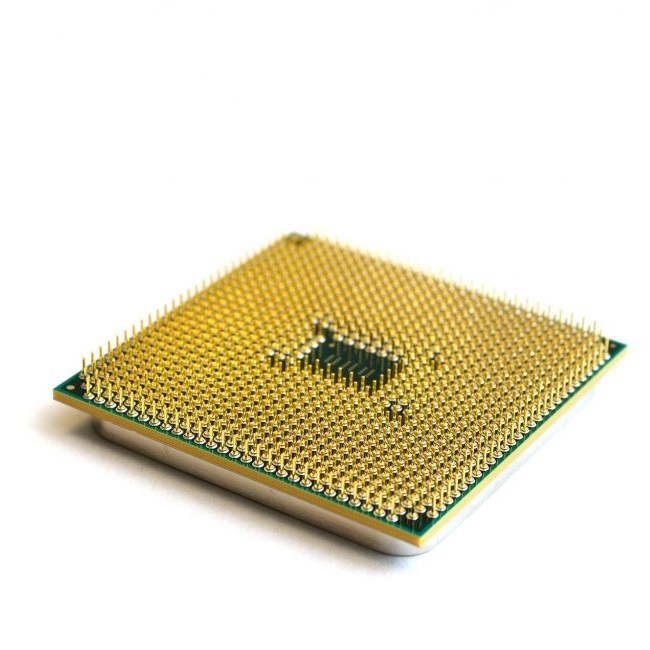Microprocessor computers have revolutionized the way we interact with technology. They form the backbone of modern computing machines, processing vast amounts of information quickly and efficiently. This article will explore the architecture, functionality, and significance of microprocessor computers. We will also delve into their historical development and future trends in computing.
The Basics of Microprocessors
What is a Microprocessor?
A microprocessor is a compact integrated circuit that acts as the brain of a computer. It performs calculations, executes instructions, and communicates with other parts of the system. Essentially, it interprets and processes user commands, making it an indispensable component of any computing device.
Microprocessors come in many shapes and sizes. They vary in complexity, speed, and power consumption. The most basic microprocessor might handle simple tasks, while more advanced versions can perform millions of operations per second. The speed of a microprocessor is typically measured in gigahertz (GHz), indicating how many billion cycles it can execute in one second.
Architecture of Microprocessors
Microprocessors are built on a specific architecture. The architecture determines how the microprocessor will execute instructions and manage data. The most common architectures are the x86 and ARM architectures. Each has its unique features and applications.
The architecture includes several key components, such as the Arithmetic Logic Unit (ALU), Control Unit (CU), and registers. The ALU performs all arithmetic and logical operations, while the CU directs the operation of the processor. Registers are small storage locations that hold data temporarily during processing.
Another crucial aspect is the data bus and address bus. The data bus transfers data between the processor and other components, while the address bus carries information about where that data is located. This communication is vital for system performance.
Historical Perspective
Evolution of Microprocessors
The journey of microprocessors began in the early 1970s. The first commercially available microprocessor, the Intel 4004, was introduced in 1971. It was groundbreaking, as it integrated the functions of a computer’s CPU onto a single chip. This innovation laid the groundwork for modern computing.
Over the years, microprocessors have evolved significantly. The introduction of the Intel 8080 in 1974 marked the beginning of more powerful microprocessors. This model was widely adopted, enabling companies to develop personal computers.
In the 1980s, microprocessors became faster and more efficient. The Intel 80286 and 80386 brought improvements in speed, memory management, and multitasking capabilities. This era led to the rise of Windows operating systems, creating a user-friendly environment for computer users.
The Rise of Mobile Computing
The 1990s ushered in the mobile computing revolution. As laptops gained popularity, microprocessors had to adapt. The introduction of ARM architecture allowed for low-power consumption while maintaining performance. This was crucial for battery-operated devices.
Smartphones and tablets emerged in the 2000s, further pushing the boundaries of microprocessor technology. Companies like Qualcomm and Apple have developed specialized processors for mobile devices. These microprocessors are designed to optimize performance, battery life, and graphics capabilities.
Key Features of Microprocessor Computers
Processing Speed and Efficiency
One of the most significant aspects of microprocessor computers is their speed. With each new generation, processing speeds have increased dramatically. Today’s microprocessors can handle multiple threads simultaneously. This capability allows users to run various applications without noticeable lag.
Efficiency is another key feature. Modern microprocessors are designed to minimize power consumption. They accomplish this through advanced techniques like dynamic frequency scaling, which adjusts the processor’s speed based on the workload. This ability helps extend battery life in portable devices.
Moreover, advancements in manufacturing technologies have led to the creation of smaller transistors. As transistors shrink, more can fit onto a single chip. This miniaturization enhances performance without increasing energy demands.
Multicore Processors
The introduction of multicore processors marked a significant advancement in microprocessor technology. A multicore processor consists of two or more cores integrated into a single chip. Each core can execute instructions independently, allowing for more efficient multitasking.
This innovation is particularly useful for applications that require a lot of computing power, such as video editing and gaming. Multicore processors can handle complex tasks more efficiently, providing a smoother user experience. Many modern laptops and desktops are now equipped with multicore processors, offering improved performance across a wide range of applications.
Applications and Uses
In Consumer Electronics
Microprocessor computers are found in various consumer electronics, from home appliances to entertainment devices. Smart TVs, gaming consoles, and appliances like refrigerators and washing machines increasingly rely on microprocessors for smart functionality.
In smart TVs, microprocessors manage streaming services, smart features, and user interfaces. Similarly, gaming consoles use powerful microprocessors to handle graphics and gameplay. This integration improves user experience and provides more functionalities.
In the realm of household appliances, microprocessors enable features like remote control and automation. For example, a smart refrigerator can monitor its contents, suggest recipes, and even order groceries online.
In Industrial Applications
Microprocessors also play a crucial role in industrial applications. They are used in manufacturing automation, robotics, and process control. Factories rely on microprocessor-controlled systems for monitoring and optimizing production processes.
Real-time data processing is critical in industrial settings. Microprocessors collect data from sensors, analyze it, and make instantaneous adjustments. This capability can increase efficiency and reduce waste, ultimately lowering operational costs.
In robotics, advanced microprocessors enable machines to learn from their environment. They process data from cameras and sensors to navigate and perform tasks autonomously. This technology is transforming industries such as manufacturing, agriculture, and healthcare.
The Future of Microprocessors
Emerging Technologies
The future of microprocessors looks promising. Emerging technologies like artificial intelligence (AI) and quantum computing are on the horizon. AI requires significant processing power, and microprocessors dedicated to AI tasks are already being developed. These processors can analyze massive datasets faster than traditional CPUs.
Quantum computing is another exciting frontier. It uses the principles of quantum mechanics to perform calculations at unprecedented speeds. While still in its infancy, quantum computing could revolutionize how we solve complex problems in various fields.
Integration with IoT
The Internet of Things (IoT) is another area where microprocessors will play a pivotal role. IoT devices, from smart home gadgets to industrial sensors, rely on microprocessors to function. These devices will become smarter and more capable as microprocessors advance.
Microprocessors will enable IoT devices to communicate, analyze, and make decisions. For example, smart thermostats will learn user preferences and adjust settings for optimal comfort and energy savings. As IoT continues to grow, the demand for powerful yet energy-efficient microprocessors will increase.
Challenges and Considerations
Heat Dissipation
One of the primary challenges in microprocessor design is heat dissipation. As microprocessors become faster and more powerful, they generate more heat. Effective cooling solutions are essential to prevent overheating, which can lead to performance degradation or even damage.
Engineers are exploring various methods to manage heat, including improved materials for heat sinks and advanced cooling systems. Liquid cooling and active cooling methods are becoming more common in high-performance computing environments.
Security Concerns
As microprocessors become integral to data processing and device connectivity, security concerns have emerged. Microprocessors must be designed with security features that protect against unauthorized access and vulnerabilities.
Developers are incorporating hardware-based security measures into microprocessors. These features can protect sensitive data and prevent attacks. As cyber threats evolve, ensuring the security of microprocessors will remain a top priority for manufacturers.
Conclusion
Microprocessor computers have significantly impacted our daily lives, shaping the way we work, communicate, and entertain ourselves. From the inception of the Intel 4004 to the multicore processors of today, the evolution of microprocessors continues to drive advancements in technology.
As we look toward the future, we see immense potential in emerging technologies and the Internet of Things. Microprocessors will undoubtedly play a crucial role in these developments, shaping a smarter and more connected world. With ongoing innovation, microprocessors will continue to enhance efficiency, power, and functionality across various industries and applications.



